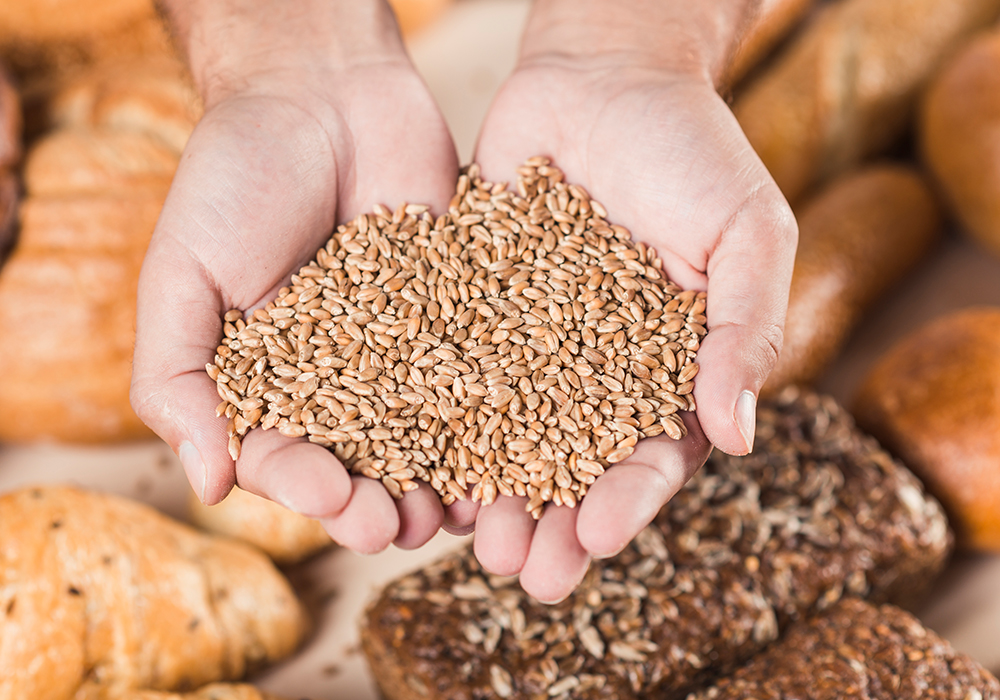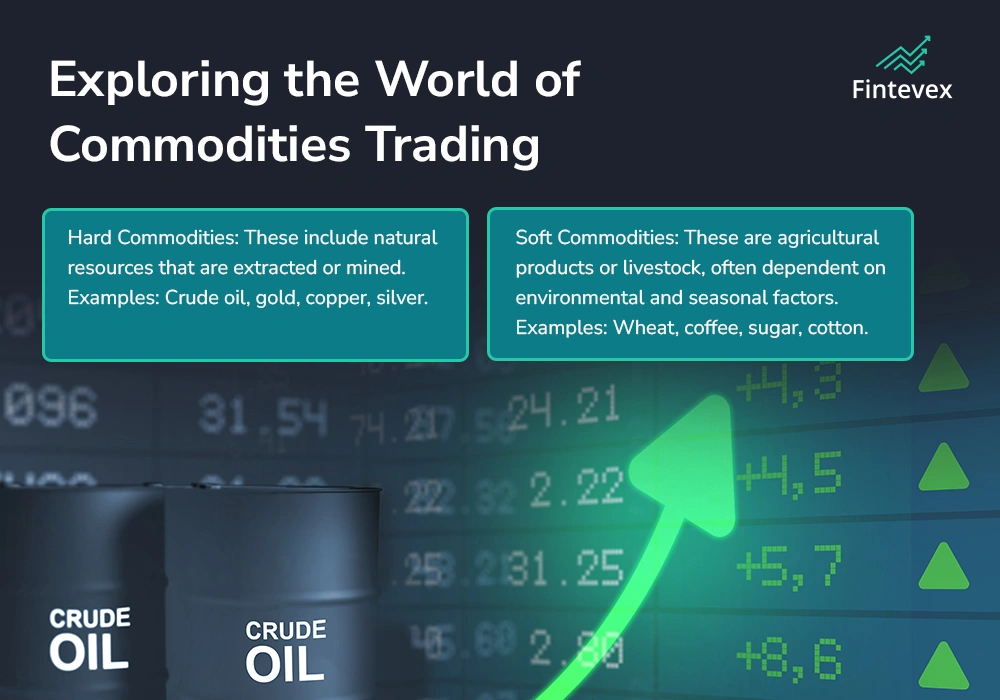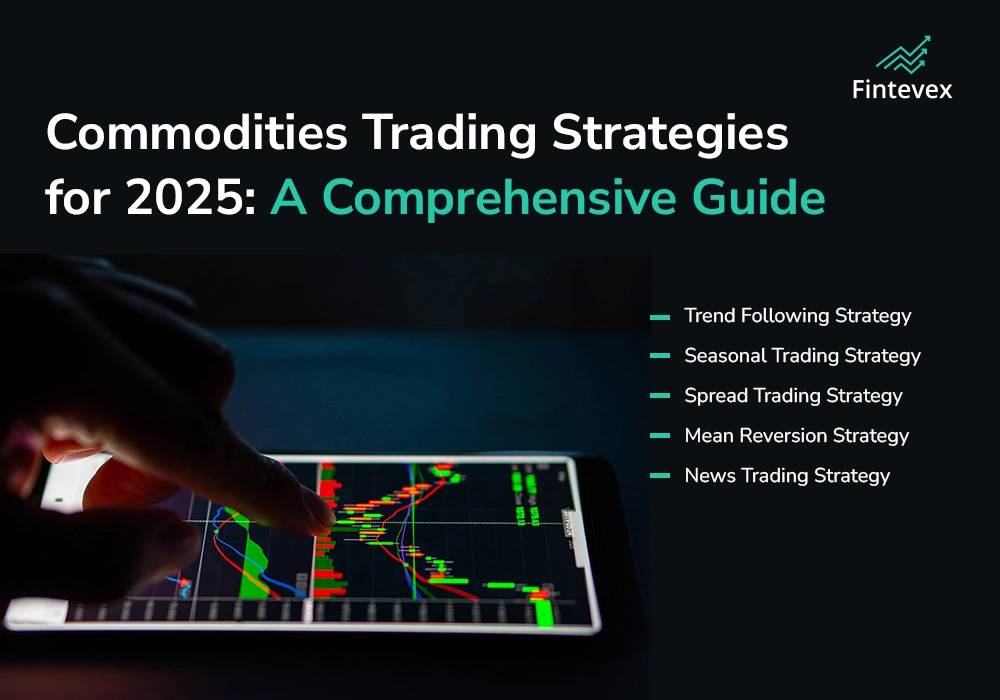Commodities trading is one of the oldest forms of trading and remains a vital component of global economies. Commodities are physical goods that can be bought and sold, and they come in two primary categories: hard commodities and soft commodities. These raw materials include everything from crude oil, gold, and agricultural products like wheat and coffee.
While commodities trading can be incredibly profitable, it also involves a degree of risk due to market volatility. Understanding the basics of commodities trading, the different types of commodities, and the most effective strategies is crucial to navigating this market successfully. This article will explore the essentials of commodities trading and offer some strategies to consider for 2025.

What is Commodities Trading?
Commodities trading involves buying and selling raw materials or primary agricultural products on exchanges such as the Chicago Mercantile Exchange (CME) or the London Metal Exchange (LME). Traders can profit from these markets by buying when prices are low and selling when prices rise, or by selling short when expecting price declines.
The commodities market is driven by various factors such as:
- Global supply and demand: The availability of commodities directly influences their price.
- Geopolitical events: Conflicts, trade wars, and political instability can impact commodity prices.
- Weather conditions: Weather events, like droughts or floods, can significantly affect agricultural production, influencing prices.
- Economic data: Reports on economic growth, inflation, and other indicators can move commodity prices.
For many traders, the goal is to take advantage of these price fluctuations, whether they are short-term swings or longer-term trends. Understanding these market drivers and how they influence prices is key to developing a successful strategy.
Types of Commodities
Commodities can be broadly classified into hard commodities and soft commodities, each with unique characteristics and trading dynamics.
- Hard Commodities: These include natural resources that are extracted or mined.
- Examples: Crude oil, gold, copper, silver.
- Hard commodities are typically more influenced by global supply and demand and geopolitical events.
- These commodities are often used in industrial applications and have broader economic implications.
- Soft Commodities: These are agricultural products or livestock, often dependent on environmental and seasonal factors.
- Examples: Wheat, coffee, sugar, cotton.
- Soft commodities are more sensitive to changes in weather patterns, harvest yields, and regional production factors.
- Prices can fluctuate dramatically due to weather events or changes in global consumption.
The distinction between these two categories impacts how they are traded and the strategies traders use. For example, soft commodities may be more susceptible to seasonal price swings, while hard commodities may be influenced by global political decisions or economic cycles.
Why Trade Commodities?
Traders and investors turn to commodities for a variety of reasons, including diversification, speculation, and as a hedge against inflation.
- Diversification: Commodities can add diversification to an investment portfolio, as their price movements often do not correlate directly with stock or bond markets. This can provide a hedge against market downturns.
- Hedge Against Inflation: Commodities like gold and oil are often viewed as hedges against inflation. When inflation rises, the value of fiat currency tends to decrease, but commodities like gold tend to hold or increase in value.
- Speculation: Commodities also offer an opportunity for speculative trading. Traders often look to capitalize on price volatility by predicting whether commodity prices will rise or fall, using market analysis to make informed decisions.
For example, when crude oil prices drop due to oversupply, traders may seek to profit from that decline. Conversely, when geopolitical instability threatens the global supply of oil, traders might go long in anticipation of rising prices.

How Does Commodities Trading Work?
Commodities are primarily traded through futures contracts, which are agreements to buy or sell a commodity at a specific price on a future date. This allows traders to lock in a price today for delivery later, helping them profit from price fluctuations.
- Futures contracts: These are standardized agreements for buying or selling commodities at a set price in the future. These contracts are typically used by institutional traders, speculators, and companies looking to hedge against price fluctuations.
- Spot market: Commodities can also be bought or sold for immediate delivery in the spot market, although this is typically used for commodities like gold and silver, rather than agricultural goods.
- ETFs and Funds: For individual investors who don’t want to deal with physical commodities or futures contracts, exchange-traded funds (ETFs) and commodity-focused mutual funds offer an easier way to invest in commodities without owning the physical assets.
These methods of trading make it possible for traders to speculate on commodity prices and potentially profit from both short-term and long-term price movements.
Commodity Trading Strategies for 2025
Navigating the commodities market requires a strong strategy. Here are some of the most popular approaches that traders can use in 2025:
- Trend Following
Trend following is a strategy that involves identifying and trading in the direction of an established market trend. Traders buy commodities when they are trending upward and sell when they are trending downward.- Pros: Can be highly profitable in trending markets.
- Cons: Requires patience and the ability to identify trends early.
- Contrarian Trading
Contrarian traders go against the grain of market sentiment, buying when the majority of traders are selling and vice versa. This strategy is based on the belief that the market often overreacts to news and events.- Pros: Can lead to significant profits when the market corrects itself.
- Cons: Requires excellent timing and can be risky if the market continues in the opposite direction.
- Seasonal Trading
Certain commodities, particularly agricultural ones, experience seasonal price movements due to planting cycles, weather patterns, and harvest seasons.- Pros: Offers predictable patterns based on historical data.
- Cons: Can be impacted by unpredictable weather events or global supply disruptions.
- Hedging
Hedging is a strategy that involves taking an opposite position in a commodity to protect against adverse price movements. For example, a farmer may hedge by selling wheat futures to lock in a price for their crop.- Pros: Protects against downside risk.
- Cons: Limits potential profits if the market moves favorably.
These strategies are often combined to suit individual risk profiles, market conditions, and the trader’s goals. Successful traders often mix multiple strategies to manage risk and increase their chances of success.
Risks in Commodities Trading
Commodities trading, while potentially lucrative, carries significant risks. These include:
- Market Volatility: Commodity prices can fluctuate rapidly due to supply disruptions, geopolitical events, or shifts in demand. This volatility can result in large profits, but also significant losses.
- Leverage Risk: Trading commodities often involves the use of leverage, which means borrowing money to increase position sizes. While this can amplify profits, it also increases the potential for large losses if the market moves against your position.
- Regulatory Risk: Changes in government regulations or policies can directly affect commodity prices. Traders must stay informed about potential regulatory changes, especially in the case of politically sensitive commodities like oil.
Conclusion:
Commodities trading presents both opportunities and challenges. The market’s complexity, combined with the inherent volatility of commodities, means that traders must approach it with a strong understanding of the market drivers, a clear strategy, and effective risk management techniques.
As we enter 2025, the key to successful commodities trading will be adaptability. By keeping a close eye on market trends, geopolitical developments, and economic data, traders can make informed decisions and increase their chances of success in the ever-changing commodities market.

















